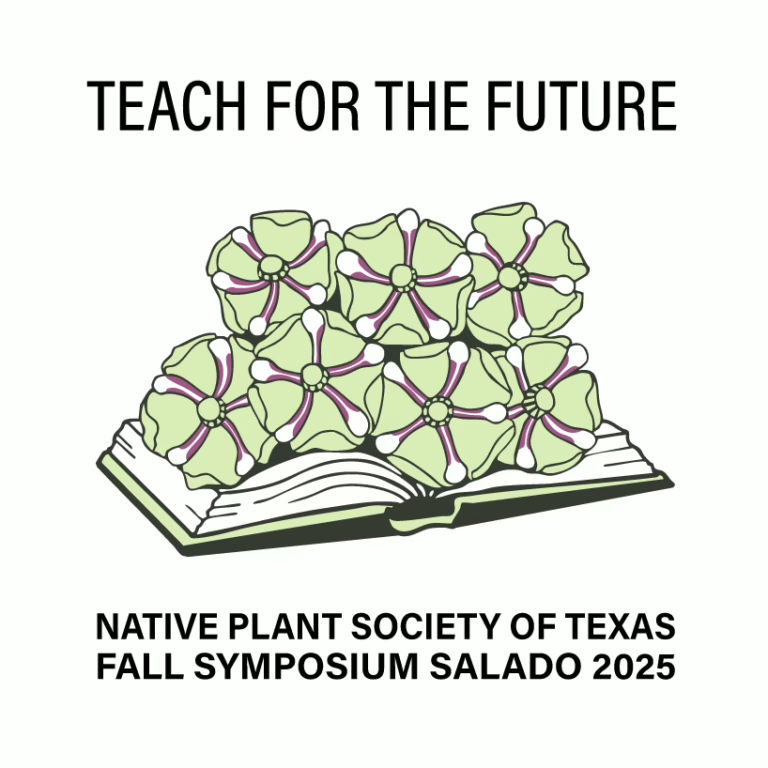The New Braunfels NPSOT Chapter meets on 4th Mondays of each month, except May & December – when we meet for a party. Meetings are free and open to the public. Each meeting has a speaker and topics are announced ahead of time in the New Braunfels Chapter NPSOT Newsletter – sign up here to receive the NB Newsletter.
Meetings are held at the Headwaters at the Comal – 333 Klingemann St, New Braunfels, TX 78130.
- 5:45-6:15 PM – Socialize
- 6:15-6:30 PM – Business Meeting
- 6:30-8:00 PM – Program
If you prefer, you can join via Zoom https://npsot-org.zoom.us/j/5035794714, passcode NPSOT123!
Join us in learning about native plants!
Meetings & Events
Stay in Touch
Contact Us
Officers
New Braunfels NPSOT Officers are elected to serve for one calendar year:
- Tom Ball – Plant Sale Chair
- Andy Blair – Programs Chair
- Leanne Courtney – Publicity Chair
- Paula Fiedler – Membership Chair
- Marylee Freeman – Secretary
- Diane Johnston – Newsletter Chair
- Ruthanne Schulte – Webmaster
- Eric Strickland – Treasurer
- Jenelle VanMatre – Immediate Past President
- Diane Williamson – President


